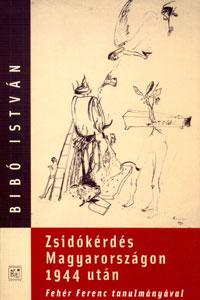
We kindly inform you that, as long as the subject affiliation of our 300.000+ articles is in progress, you might get unsufficient or no results on your third level or second level search. In this case, please broaden your search criteria.

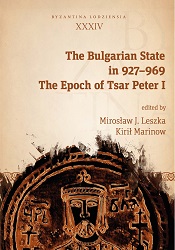

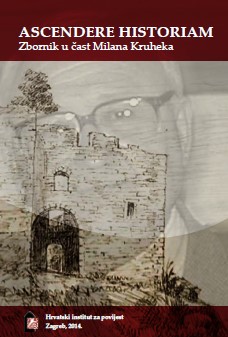
This paper focuses on the transcultural analysis of the features and modalities of multi-layered and multi-directional cultural transfers exercised by two famous 17th-century Slovenian and Croatian cultural mediators: Janez Vajkard Valvasor (1641-1693) and Pavao Ritter Vitezović (1652-1713). Mediation practices of Valvasor and Vitezović are examined on the few interrelated levels: vertically, as creative transfers of the common European cultural models into the domain of the local culture, and horizontally, as interactive exchanges of the cultural patterns on the level of the domicile Slovenian and Croatian cultures respectively. Since Valvasor and Vitezović communicated directly as close collaborators and friends, their creative interaction was realized in the personal, professional and intellectual spheres. Therefore, its effects are analyzed on the communicative and intertextual levels. In conclusion, the results of the transcultural analysis suggest that early modern Slovenian and Croatian cultures were not closed and autarchic domains, but transitional zones, i.e. open and fluctuating spaces of exchanges.
More...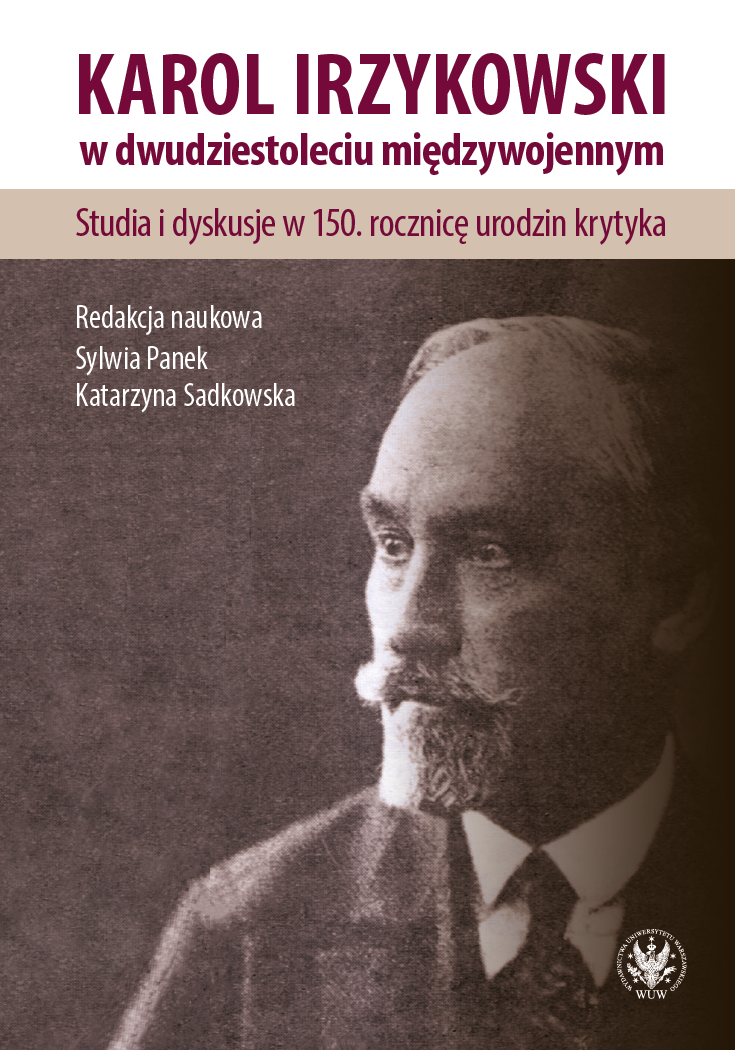

The article presents three threads of the reception of Irzykowski’s works in Lviv in the 1930s concerning: the dispute on the role of intellectuals, the accusations of anti-Semitism, and Irzykowski’s theory of cinema. The cultural and literary environment of interwar Lviv did not accept Irzykowski’s intellectual indefiniteness and political independence. Irzykowski himself treated politics as an aesthetic rather than social space, which met with resistance of various circles.
More...

The article analyzes complex relations between Karol Irzykowski (1874–1944) and Jan Emil Skiwski (1894–1956). Skiwski was one of the most outstanding literary critics in prewar Poland and also one of the most active and demanding polemists of Irzykowski. Skiwski described himself as clerc i.e. independent intellectual, but as his polemics proved he understood intellectual independency quite differently than Irzykowski did. By his witty and often malicious concepts Skiwski also forced Irzykowski to explain his intellectual positions. Their quarrel had quite unexpected outcome: in the name of independency Skiwski collaborated with Germans during the Second World War and he also saluted Irzykowski after his death in 1944 in a collaborationist newspaper “Przełom”.
More...

In this article, the author aims to analyse Irzykowski’s selected statements concerning Jewish subject, especially the participation of Jews in culture and the Irzykowski’s personal relations with Jews. The author tries to answer why some of Karol Irzykowski’s articles from the 1930s were considered anti-Semitic and how these texts related to Irzykowski’s philosophy of intellectual independence.
More...
The following article analyses in detail such phenomena as Great Humour, Great Wit, joy, laugh, irony, joke and other accompanying concepts discussed by Stefan Szuman in his psychological essay O dowcipie i humorze. The reflections of the philosopher are presented against a broader background of his colourful biography. Due to the depth and multithreaded nature of the text, its content can be considered at various levels, so the interpretation presented by the authors is only one of many possible readings.
More...
The 19th century was a period of intensified independence efforts, which ended – unfortunately – in defeats. Intensified Russification and Germanization, as well as repression by the partitioning authorities, were to break the Poles. The antidote to national sorrows became humor, the manifestations of which could be found in the pages of the press. Newspaper titles coming out in Galicia show a wide spectrum of topics and modes of communication. Reading selected satirical writings gives an answer to the question of what Poles laughed at in the second half of the 19th century.
More...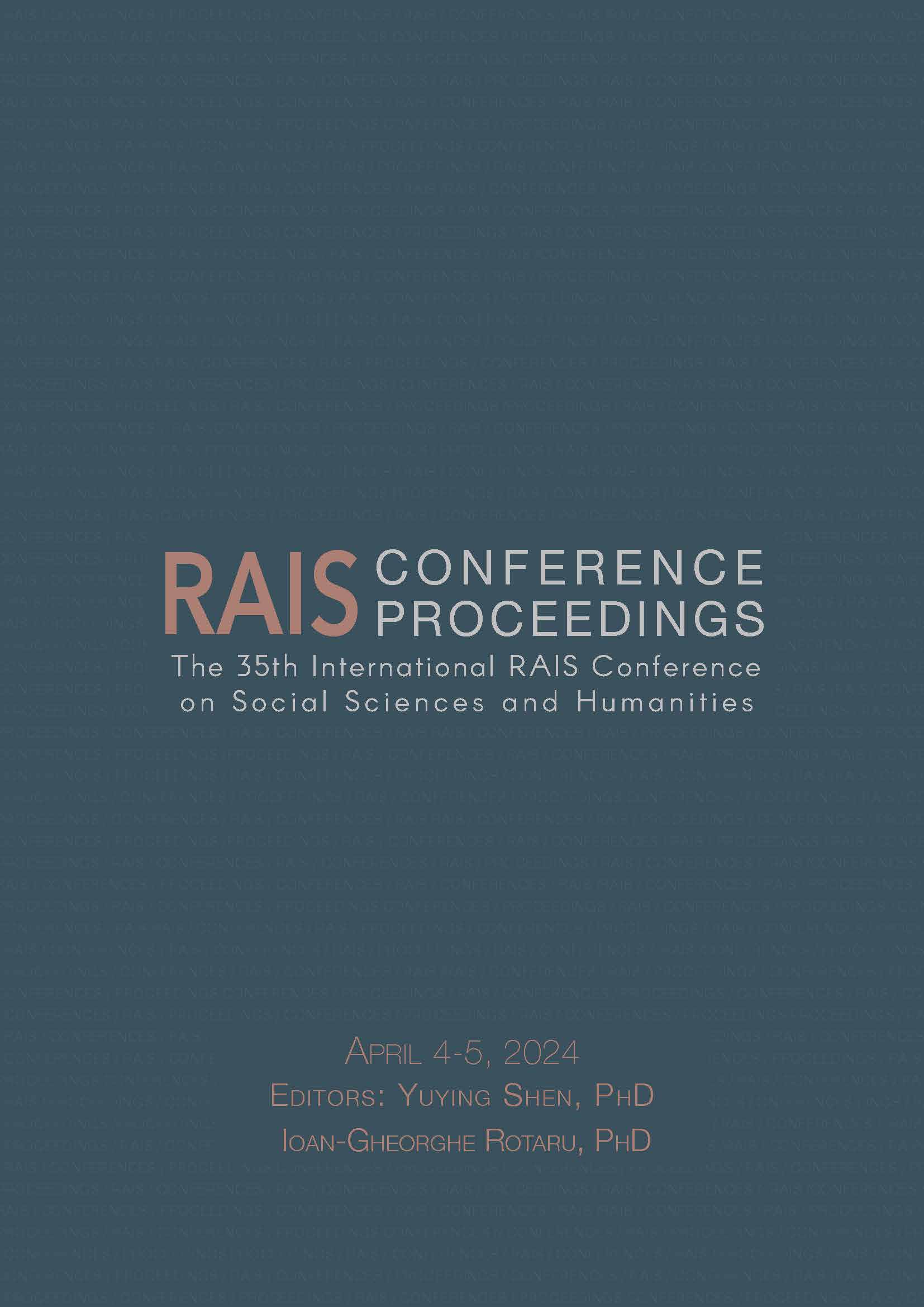
Through his enduring work and innovative forays as a pioneering researcher and true intellectual, De Martino remains a prolific culture maker and a pioneer in the field of ethno-anthropology, contributing to a remarkable extent, including advancing research in the field and continuing to stimulate, in a substantial way, those interested in following his path. In addition to his vast theoretical background, De Martino’s genuine personality has always guided him to a form of knowledge based on experience, with his field research developing innovative methodological approaches - even through the integration of new technologies – confirming De Martino as a true guide in applied ethnological research. Through the extensive use of photography as an essential tool for critical analysis of scientific evidence, all research techniques undergo transformation. The author advocates for the necessity of expanding the study of De Martino’s work within Romanian academia, particularly focusing on the relationship of the Italian scholar with Romanian folklore, treated and viewed in comparison with the forms of manifestation of Italian popular culture. In this exploration, fascinating aspects and similarities of tarantism with the ritual elements of the Romanian Căluș can be detected. The Căluș dance, included in UNESCO’s List of Intangible Cultural Heritage (2005), stands as an important national emblem and a symbol of Romanian identity.
More...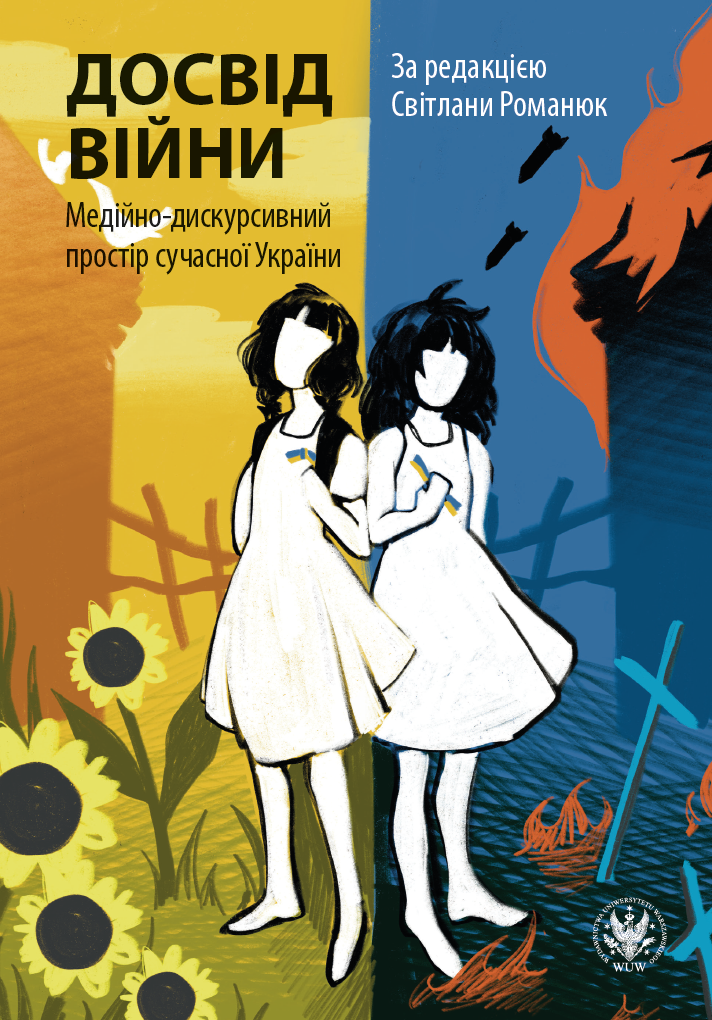
The papers contains analysis of parameters of use of the national “we” that appeared in Ukrainian media texts in the year of the full-scale Russian invasion of Ukraine. This research is based on the publications and excerpted statements from the newspaper "Den" that were made public during 2022. Identity is a dynamic phenomenon and language plays a key role in its design, alteration and support. The pronoun “we” is one of the linguistic means that help form national identity, it is used to denote all representatives of the nation, including a speaker, and in such case it serves as a national “we”. The diversity of “we” as well as the frequency and naturality of use of that nominative pronoun in different contexts and communication situations is the basis for the efficiency of its use to define, shape and actualize national identity in the media discourse. Verbalization of the national identity by means of the nominative pronoun “we” is understandable due to the deep rooting of the “friend-or-foe” opposition in the human social nature, which in general terms can be represented by the pronouns “we” and “they”. The national “we” is indicative of a political community, hence, we interpret it as an aspect of an ideological “we” – one of the semantic and pragmatic variations of the categorical meaning of first person appearing in the course of interaction of the person and number categories. The use of the national “we” in Ukrainian mass media texts that appeared in the year of the full-scale Russian invasion of Ukraine is a display of discursive construction of Ukrainian national identity through assimilation and dissimilation strategies. The national “we” is used to emphasise the need of clear definition, demonstration of the Ukrainian national identity; strengthening of the existing nation and state; representation of the nation’s present and future; formation of a common vision of the past; establishing of characteristics of the Ukrainians; separation of such characteristics from those of the enemy and finding a place amidst friendly nations. The more general research project is to determine the role of linguistic means in the construction, support and transformation of Ukrainian identity in different periods and in different discourses: in politicians’ speeches, the mass media, high school and secondary school textbooks, fiction books, social media, etc.
More...
The paper characterizes the linguistic toolkit of contemporary journalistic-military discourse, which has undergone noticeable shifts due to external factors. An important indicator of dynamism is identified in structurally, semantically, and graphically modified markers of innovation, which play a crucial role in covering current events and psychologically charged situations. At the same time, these markers serve pragmatic and intentional goals for journalists, creating effects of sensationalism, unusualness, and unpredictability, thereby adding irony, sarcasm, emotional evaluation, and expressive nuances to media content. It is noted that improvisation and creativity in formal representation are provided by lexical units that have undergone an expansion of their semantic structure. A significant portion of non-derivatives and neologisms in media texts on military themes consist of enemy designations, which, although beyond the norms inherent in journalism and literary writing, vividly represent disgust, hatred, and disdain towards Russian aggressors, imparting mocking-humorous and contemptuous tones to the texts. Descriptions are given of contaminated linguistic units (moskolota), complex words formed with two evaluative nouns (ordyntsi-okupanty, ordyntsi-moskovyty), and pejoratively connotated adjectives (moskovsko-fashystskyi and others). The focus is on neosemanticisms, within which the adjectival derivative miasnyi is explored. It appears in phrases like miasni khvyli and miasnyi shturm predominantly in the context of destroying Russian occupiers. Among secondary epithets with syncretic content, disparaging-ironic identifiers for the Belarusian president are analyzed, emphasizing his negative traits in a degrading fashion, even to the point of vulgarizing the text. It is clarified that the noun bulba, along with its related attribute bulbashnyi and the latter’s synonymous correlate kartoplianyi, are components of secondary nominations for Alexander Lukashenka (bulbashnyi posipaka, kartoplianyi dyktator, kartoplianyi fiurer, kartoplianyi los, kartoplianyi khrobak). The adjective kartoplianyi imparts a contemptuous tone, functioning as a component in the names of the Belarusian state (kartopliana kraina). In the context of linguistic transformation, the names of states, their leaders, and other individuals involved in the military aggression in Ukraine are analyzed. These names are often stylized with lowercase letters in mass media to express scorn and contempt. Their stylistic features, emotional connotations, and communicative-pragmatic functions are examined.
More...
The study examines innovations in Ukrainian mass media texts on military topics. The proposed corpus of lexemes demonstrated an expanded scope of their use both in language practice and in the language of Ukrainian mass media. The paper offers a comprehensive investigation of the lexemes of various part-of-speech affiliations which were attested in the language of mass communication during the period of the Russian-Ukrainian war, characterizes the semantic meanings and nuances of these language units, identifies occasionalisms, considers lexemes and phrases in their dynamics as well as the role of style in journalistic texts. The corpus of the collected material shows the appearance of homonymous formations, which is caused by the desire of speakers to figuratively name a phenomenon or action, conveying shades of meaning or expression for which there are no special means in the Ukrainian literary language, which engenders the need to break linguistic automatism. The research focuses on the category of personality, structural-semantic and functional-stylistic aspects of homonymous formations, and the expression of proper names. As evidenced by the language of modern mass media, the word-forming onymic base of such lexical units has significantly expanded, and their stylistic load has fundamentally changed. To study innovations in the language of Ukrainian mass media, the observational and descriptive methods were mainly used. At various stages of the study and classification of language units, the method of functional analysis was used to determine the stylistic potential of lexical units. The source of the presented lexical material was the texts of modern Ukrainian mass media operating in both regional and all-Ukrainian information space ("Ukrainska Pravda", "Vysokyi Zamok", "TSN", "Detectormedia", "UNIAN", "UKRINFORM", etc.). The language of modern Ukrainian media shows a wide use of new lexemes and well-known words with new meanings as well as fixed phrases that have acquired additional variants of meaning. In the language of Ukrainian journalism, new verbs are recorded, which are often formed from proper names, to convey actions, processes and states that are characteristic of the persons or communities in question. There is a tendency for journalists to use new nouns and occasional formations. Nouns in mass media texts often acquire new meanings that are understandable only in their contexts. Under the influence of non-linguistic factors, a group of phrases has been formed, which develop new connotations and function as fixed expressions. The innovations mostly give the language of the mass media means to express negative assessments: they convey contempt for the invaders and their politicians, emphasize their vulgarity and inability to resist the Ukrainian military and the Ukrainian people in general.
More...
The paper is devoted to the verbalization of the category of the sacred in Ukrainian linguistic culture during the Russian-Ukrainian war (2022–2023). The presentation of religious meanings and their modernization in present conditions are shown as a feat of linguistic creativity of Ukrainians in regard to the continuation of the national tradition in the modeling of semantic-pragmatic meanings in the sacred–profane plane. Attention is drawn to the fact that verbalization of the sacred and anti-sacred, like everything in the language system and speech, demonstrates progress, dynamism, development. The study examines the linguistic manifestations of the processes of sacralization, desacralization and resacralization as components of the category of the sacred. In particular, attention is focused on combined resacralization, whereby based on a combination of national and biblical elements, precedent situations are modeled. This enables the emergence of new images, in particular of Ukrainian soldiers – brothers of angels, and the creation of a multidimensional text in which biblical allusions are intertwined with concrete life stories, the imaginary with the real. It is substantiated that in modern literature and, accordingly, in the language of the war time, various structural types of biblicisms are widely used with the aim of creating original images, sacralizing Ukrainian soldiers and the entire Ukrainian nation, which indicates biblicality as a typical feature of the Ukrainian linguistic culture. One of the means of verbalization of the latest sacralization is biblical allusion as the most popular form of literary intertextuality. The role of the language game – manifesting itself at different linguistic levels (graphical, word-forming, phraseological) – in the desacralization of certain religious concepts is demonstrated. The cultural and worldview conditioning of the sacred is shown, which is realized in the partial desacralization of religious concepts and sacralizationof national precedent ones, primarily that of the Armed Forces. The attention is focused on the appearance of new specific precedent texts, in which partial desacralization of important religious concepts is a kind of background for the expression of the sacralization of the Armed Forces and Ukraine, which demonstrates both the durability of tradition and innovation in Ukrainian linguistic culture.
More...
The study investigates one of the current and promising areas of modern linguistics – linguistic expertology. This direction is at the stage of formation in Ukrainian linguistics. Linguistic expert research is primarily represented by semantic-textual analysis carried out based on media texts. Modern historical conditions cause increased attention to the dissemination of information in the public space, in particular in media discourse and social networks. The emergence of new concepts and changes in legislation require linguists to respond immediately and provide theoretical justification for previously unknown terms and approaches. One such term, ‘glorification’, actively functions in modern requests for semantic-textual linguistic research. The purpose of the paper is to determine approaches to the analysis of the concept of glorification in semantic-textual linguistic expertise. The tasks of the research is to define the concept ‘glorification’ based on terminological sources and explanatory dictionaries, determine the main linguistic means of expressing glorification in political and media texts and highlight the main speech acts of glorification. The material for the research was the texts of the protocols and queries of the semantic-textual linguistic expertise of the period of the full-scale invasion of the Russian troops in Ukraine (2022–2023), which were mostly created in the Russian language, but function in the Ukrainian public space. It has been shown that the concept of glorification in semantic-textual linguistic expertise is a manifestation of the category of positive evaluation, which implies its qualification according to semantic and pragmatic criteria. The concept of glorification in the semantic-textual expertise, according to the explanatory glossaries of the Ukrainian language, has the meaning of “veneration, exaltation” and implies a positive assessment of the relevant subjects. The main speech acts of glorification are praise, approval and thanks. Linguistic expertise should be based on traditional methods of semantic analysis with the identification of vocabulary with positive evaluative meaning and on linguopragmatic analysis to determine specific speech acts of praise, which are the expression of the highest degree of positive evaluation.
More...
The subject of the study is scientific projections as one of the ways to create a verbal model of the future. The study is based on the text and video content of scientific forecasts about the course of the Russo-Ukrainian War after the full-scale invasion of Ukraine by the Russian military. Today Ukrainians suffer from the Russian military’s actions and information warfare organized by the authorities and propagandists of the Russian Federation, they feel permanent stress and are very sensitive to prognostic content, which is supposed to help citizens prevent dangerous situations. Thus, Ukraine faces a serious problem of differentiating between high-quality and manipulative forecasts, which makes urgent the study of their communicative and pragmatic peculiarities, verification of the forecasts, and dissemination of information about the forecasting content quality. The aim of the study is to explore scientific forecasting as a special type of verbal modeling of the future, which has different communication purposes, specific intentionally organized non-verbal context of the messages about the future and means of linguistic impact on the recipient, as opposed to esoteric and naive empirical forecasting. The results of this study showed that scientific forecasts are characterized by the use of scientific methods of knowing the future, as evidenced by their connection with the present and the past, the combination of theoretical understanding of the probable version of the unfolding of events with empiricism, and the implementation of statements with an explicit or implicit hypothetical type of subjective epistemic modality. On the communicative-pragmatic level, scientific predictions are potentially verifiable, and involve causal statement as well as argumentation of the content of the main statement. The addressee of the message is directly or indirectly involved in the events related to the prediction, and the forecast takes into account their psycho-emotional and cognitive features and ability to react appropriately. The purpose of scientific forecasting is to provide information necessary for effective reaction to events and prevention of their negative consequences.
More...
The paper is devoted to the analysis of discursive strategies and tactics of expressing the consolidation of Ukrainian society realized in the speeches of President of Ukraine Volodymyr Zelenskyi during the full-scale armed aggression of the Russian Federation against Ukraine. The analysis based on the materials published in the official Telegram channel of the President (“Zelenskiy / Official”) and in the official channel of the Office of the President of Ukraine (“Office of the President”). The research covers the period from February 2022 to October 2023. The study was conducted in the field of critical discourse analysis, based on T. A. van Dijk’s sociocognitive paradigm. Three main discursive strategies for expressing the consolidation of Ukrainian society in countering the armed aggression of the Russian Federation are identified: 1. the strategy of expressing the unity of the Ukrainian people in the fight against the enemy; 2. the strategy of uniting the Ukrainian people and the authorities in the country; 3. the strategy of reflecting the solidarity and unity of the peoples of democratic countries with the people of Ukraine in countering the aggressor. Each of those discursive strategies is realized in specific tactics of communication and of influencing the audience, which entail certain principles of using a system of means and techniques of communicative influence. The study concludes that the implementation of these discursive strategies and tactics in Volodymyr Zelenskyi’s public speeches is a manifestation of effective implementation of the state information policy aimed at maintaining the unity of the Ukrainian people. At the same time, it demonstrates the need for constant effective interaction between the authorities and civil society, rapid response to public demands, especially regarding reforms to strengthen the democratic foundations of socio-political life in Ukraine.
More...